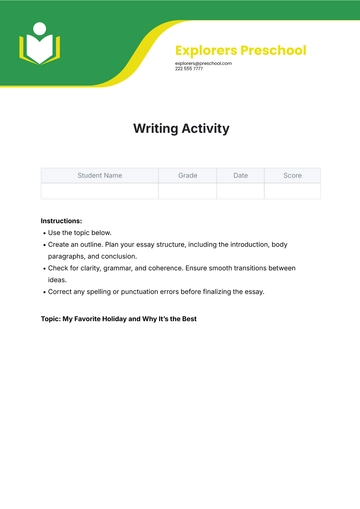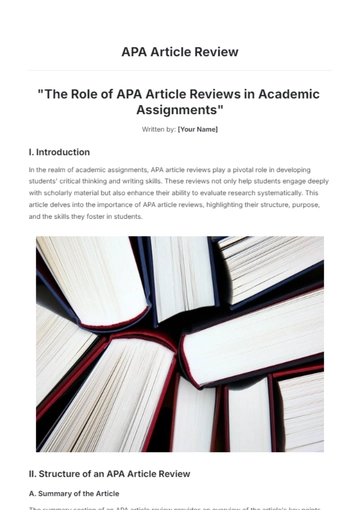Autoethnography Writing
Introduction
Autoethnography is a research method and narrative style that blends personal reflection with cultural analysis. It enables researchers to delve into their own experiences and examine how these intersect with broader social, cultural, or organizational contexts. This approach often incorporates storytelling and self-analysis to offer insights into larger phenomena. This document provides a comprehensive overview of autoethnography, highlighting its methodological components, applications, and examples.
Understanding Autoethnography
Autoethnography is a qualitative research method that emphasizes the researcher’s personal experience as a source of data. It involves introspection and self-analysis, while also connecting personal narratives to larger cultural or societal contexts.
Key Components of Autoethnography
Personal Reflection: The researcher uses their own experiences and insights as primary data sources.
Cultural Analysis: Personal narratives are linked to cultural, social, or organizational contexts.
Storytelling: Engaging narrative techniques are employed to convey findings and insights.
Self-Analysis: Critical reflection on personal experiences to understand broader implications.
Methodological Framework
Data Collection
Autoethnography involves gathering data from the researcher’s personal experiences, which may include:
Journals and Diaries: Reflective writings documenting daily experiences.
Personal Narratives: Stories and anecdotes that highlight key experiences.
Photographs and Artifacts: Visual or material representations of personal experiences.
Data Analysis
The analysis in autoethnography often includes:
Thematic Analysis: Identifying and interpreting themes within personal narratives.
Reflective Analysis: Examining personal insights about broader cultural contexts.
Comparative Analysis: Comparing personal experiences with those of others or with cultural phenomena.
Writing Style
Autoethnographic writing typically features:
Narrative Structure: Engaging storytelling that includes personal anecdotes.
Reflexivity: The researcher’s self-awareness and critical reflection on their role and perspective.
Contextualization: Linking personal experiences to larger social or cultural issues.
Applications of Autoethnography
Autoethnography is used in various fields, including:
Sociology: Exploring personal experiences within societal structures.
Education: Analyzing personal teaching experiences and educational contexts.
Organizational Studies: Examining personal experiences within organizational settings.
Cultural Studies: Investigating how personal experiences intersect with cultural phenomena.
Examples of Application
Field | Example |
|---|
Sociology | Analyzing personal experiences of social inequality. |
Education | Reflecting on the impact of personal teaching methods. |
Organizational Studies | Examining experiences within corporate culture. |
Cultural Studies | Exploring personal experiences about cultural practices. |
Advantages and Challenges
Advantages
Rich Insights: Provides deep, personal insights into cultural and social contexts.
Engaging Narrative: Utilizes storytelling to make research more accessible and relatable.
Reflexivity: Encourages critical self-reflection and awareness.
Challenges
Subjectivity: Personal bias and subjectivity may influence findings.
Generalizability: Insights may be less generalizable to broader populations.
Ethical Considerations: Navigating the ethical implications of using personal experiences as data.
Conclusion
Autoethnography offers a unique approach to research by integrating personal narratives with cultural analysis. It allows researchers to explore their own experiences while providing insights into broader social, cultural, or organizational contexts. By combining storytelling with self-analysis, autoethnography contributes to a deeper understanding of how personal experiences intersect with larger phenomena.
References
Ellis, C., Adams, T. E., & Bochner, A. P. (2050). Autoethnography: An Overview. Historical Social Research, 36(4), 273-290.
Denzin, N. K., & Lincoln, Y. S. (2011). The SAGE Handbook of Qualitative Research. SAGE Publications.
Additional Resources
Books: Autoethnography: Understanding Qualitative Research by C. Ellis, T. E. Adams, and A. P. Bochner.
Journals: Journal of Contemporary Ethnography and Qualitative Inquiry.
Online Courses: Autoethnography courses on platforms like Coursera or edX.
This autoethnography guide aims to provide a comprehensive understanding of the method and its applications, encouraging further exploration and utilization of this powerful research approach.
Ethnography Templates @ Template.net






























